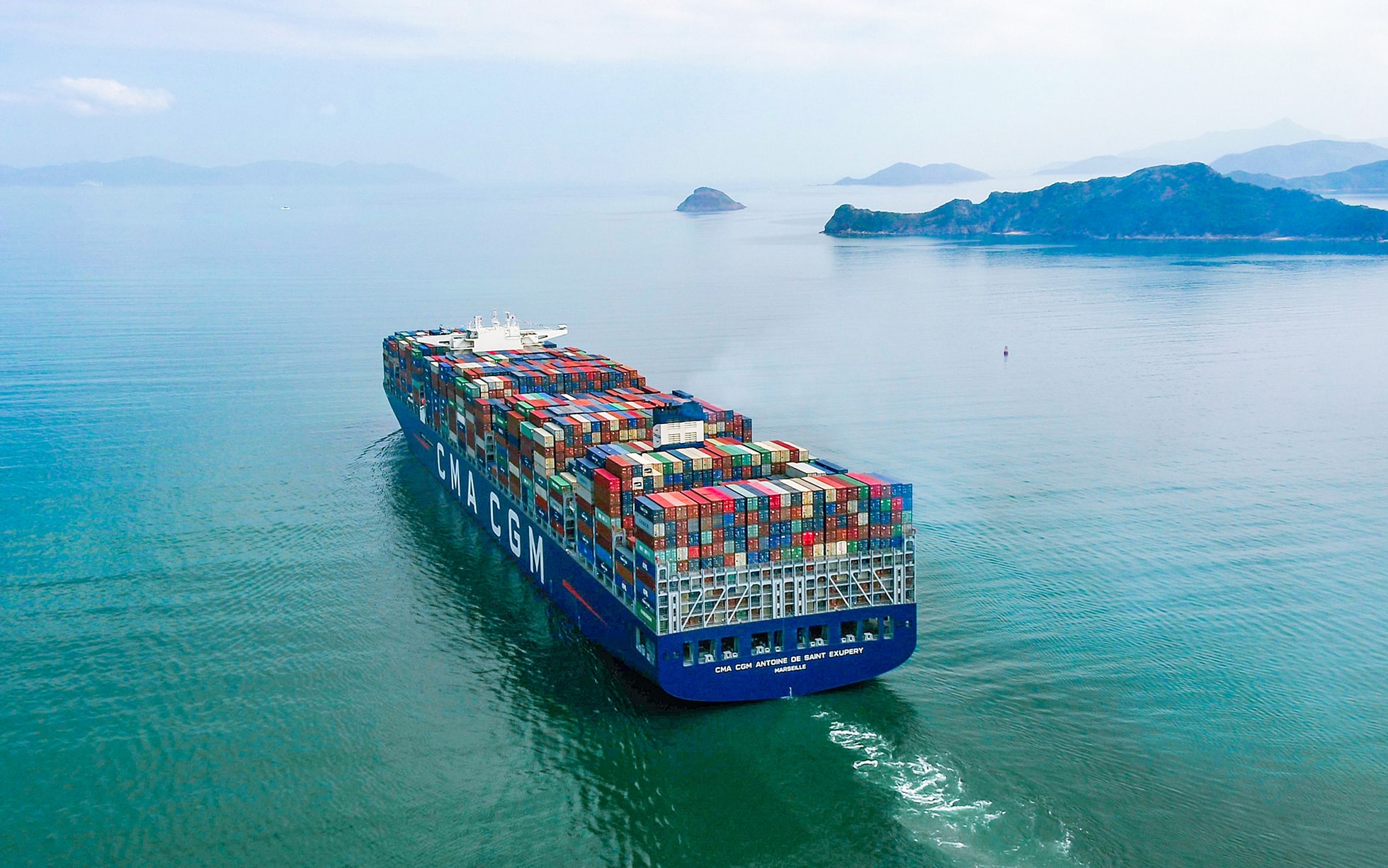
In the dynamic maritime industry, vessel lay-up is a critical strategy for ship owners and fleet managers looking to manage costs effectively. Whether it’s due to fluctuating market conditions, regulatory requirements, or maintenance needs, lay-up can provide significant savings if handled correctly. This blog post aims to provide a comprehensive cost analysis of vessel lay-up, offering insights into how to optimize maintenance expenses during this period.
Maritime professionals will find valuable information on understanding vessel lay-up, the associated costs, and strategies for minimizing these expenses. By the end of this guide, you’ll have a clearer picture of how to manage your fleet more efficiently during lay-up periods, ensuring long-term profitability.
Understanding Vessel Lay-Up
Definition and Types of Vessel Lay-Up
Vessel lay-up refers to the temporary withdrawal of a ship from active service. This can happen for various reasons, including economic downturns or scheduled maintenance. There are primarily two types of lay-up:
- Hot Lay-Up: The vessel remains in a state of readiness, with essential crew onboard to perform maintenance tasks and keep the ship operational. This type of lay-up is suitable for short-term periods and allows for a quicker reactivation.
- Cold Lay-Up: The vessel is placed in a state of minimal activity, often with no crew onboard. This is more cost-effective for longer lay-up periods but takes more time and resources to reactivate.
Reasons for Lay-Up
Several factors can lead to the decision to lay up a vessel:
- Market Conditions: Economic downturns or reduced demand can make it unprofitable to keep a ship in active service.
- Regulatory Requirements: New regulations may require costly upgrades that aren’t immediately feasible.
- Maintenance Needs: Scheduled maintenance or unexpected repairs can necessitate a lay-up period.
Understanding these reasons helps in making informed decisions about whether and when to lay up a vessel.
Cost Analysis of Vessel Lay-Up
Breakdown of Costs During Lay-Up
Laying up a vessel involves several cost components, each of which impacts the overall expenses:
- Maintenance: Regular maintenance is crucial to prevent deterioration. Costs include materials, labour, and potential docking fees.
- Insurance: Even when laid up, vessels need insurance coverage, although premiums may be lower than for active ships.
- Labour: For hot lay-up, crew salaries are a significant expense. Even in cold lay-up, periodic inspections require personnel.
- Security: Ensuring the vessel’s security is essential to prevent theft or vandalism. This can involve hiring security personnel or installing surveillance systems.
- Reactivation: Bringing a vessel back into service incurs costs related to inspections, certifications, and any needed repairs.
Cost Analysis Tools and Techniques
Utilizing cost analysis tools can help manage these expenses. Software solutions can track and forecast maintenance needs, labour costs, and other variables. Additionally, conducting a thorough cost-benefit analysis before deciding to lay up a vessel can identify potential savings and avoid financial pitfalls.
Optimizing Maintenance Expenses
Preservative Maintenance
Preservative maintenance involves treating the vessel’s machinery and systems during lay-up to prevent deterioration. This can include:
- Anti-corrosion Measures: Applying anti-corrosion coatings to metal surfaces.
- System Flushing: Flushing and refilling systems with preservative fluids.
- Sealing Openings: Sealing openings to prevent moisture ingress.
These measures can extend the lifespan of equipment and reduce long-term repair costs.
Condition-Based Maintenance
Condition-based maintenance (CBM) uses real-time data to monitor the vessel’s condition, allowing for targeted maintenance only when necessary. This approach involves:
- Sensor Installation: Installing sensors to monitor key parameters like temperature, vibration, and pressure.
- Data Analysis: Using software to analyse data and predict maintenance needs.
- Targeted Interventions: Performing maintenance tasks based on actual wear and tear rather than fixed schedules.
CBM can significantly reduce maintenance expenses by avoiding unnecessary work and focusing resources where they are needed most.
Staff Training
Investing in staff training can also lead to cost savings. Well-trained personnel can perform maintenance tasks more efficiently and identify potential issues before they become costly problems. Training programs can cover:
- Maintenance Techniques: Teaching the latest maintenance techniques and best practices.
- Equipment Handling: Training on the correct use of maintenance equipment.
- Safety Protocols: Ensuring staff are aware of safety protocols to prevent accidents and damage.
Conclusion
Recap of Key Points
Vessel lay-up is a strategic decision that can lead to significant cost savings if managed effectively. Understanding the types of lay-up, the associated costs, and strategies for optimizing maintenance expenses is crucial for maritime professionals.
By implementing preservative maintenance, condition-based maintenance, and investing in staff training, ship owners and fleet managers can minimize costs and ensure their vessels are ready for reactivation. Utilizing cost analysis tools and conducting thorough cost-benefit analyses can further enhance decision-making processes.
Importance of Cost Optimization
Cost optimization in vessel lay-up is not just about immediate savings but also about ensuring long-term profitability. Effective management during lay-up periods can extend the lifespan of vessels, reduce unexpected repair costs, and position your fleet for success when market conditions improve.
For those looking to deepen their understanding of vessel lay-up and cost optimization, numerous resources and expert consultations are available. By staying informed and proactive, maritime professionals can navigate the complexities of vessel lay-up and emerge stronger in a competitive industry.



